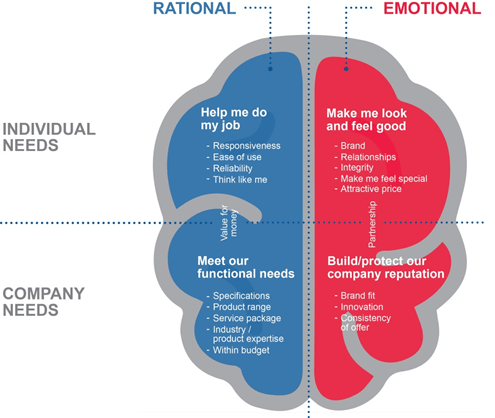One of John-Dylan Haynes’s most interesting studies on how we make decisions showed that we decided about seven seconds before we realized our decision and about ten seconds before putting it into action.
So, first we decide what we’re going to do, then this information comes to us in the form of thoughts. It’s amazing, isn’t it?
- To understand everything this does.
- We need to consider that the brain can change.
- So when we think we’re changing something within us (for example.
- Quitting smoking or exercising more).
- The brain starts reprogramming to make this possible.
The brain acts as a whole, involving both conscious and unconscious mechanisms, so when the force of consciousness is limited, the impulses of the unconscious become stronger.
For example, when we cannot resist the temptation to eat something and are overweight, or when we believe that exercise should be exercised and not done, consciousness does not have the strength to combat the unconscious impulses we have, they are ultimately the ones who ultimately decide.
The boundless strength of consciousness is evident in situations where we have to overcome strong trends to do something different.
Although the vast majority of us are educated by the rational and logical mechanism, we all know that emotions play an important role in daily life, in fact, they play a key role in the unconscious mechanisms of the brain and in the way we make decisions.
It is estimated that 85% of our decisions are made unconsciously and that only 15% of them are truly conscious decisions.
The book “Error of Descartes”, by the neurologist Antinio Damasio, states that decisions based on moral judgments clearly demonstrate the role of emotion in the social context.
Popular phrases such as?Is love blind?do they warn us of the power of emotions in these issues, but only recently have they been considered as determining factors in rational processes.
Faced with the question “What is the right decision?”, At first the answer seems simple: it is the one that brings us the most benefits. But this question is not always so obvious, because we are able to evaluate a decision, despite its rationality, as inadequate and incorrect.
We are also able to make inappropriate decisions by exaggerating the reasons that motivate them (“not traveling for fear of flying” would be one of them). We definitely use a balance between rational and emotional to decide correctly and develop daily.
“The brain looks a lot like a computer. You can have multiple screens open in the office, but can you think of one at a time ??William Stixrud?
What is the margin between conscious and unconscious thinking when we make a decision?It is not known exactly, but the first studies that addressed this topic, conducted using neuroimaging techniques, found that before going through consciousness, many decisions were already made by complex brain networks.
Without a doubt, this is another of the mysterious and interesting processes that are related to our minds.
In addition, to avoid overloading, the brain automatically performs several of its processes, including decisions, so they can be predicted a few seconds in advance.
As you can see, deciphering the brain activity behind our emotional states brings us closer to a powerful source of self-knownness.
“In the future, it will be possible to predict a person’s behavior and experience based on their brain activity. “John-Dylan Haynes?

